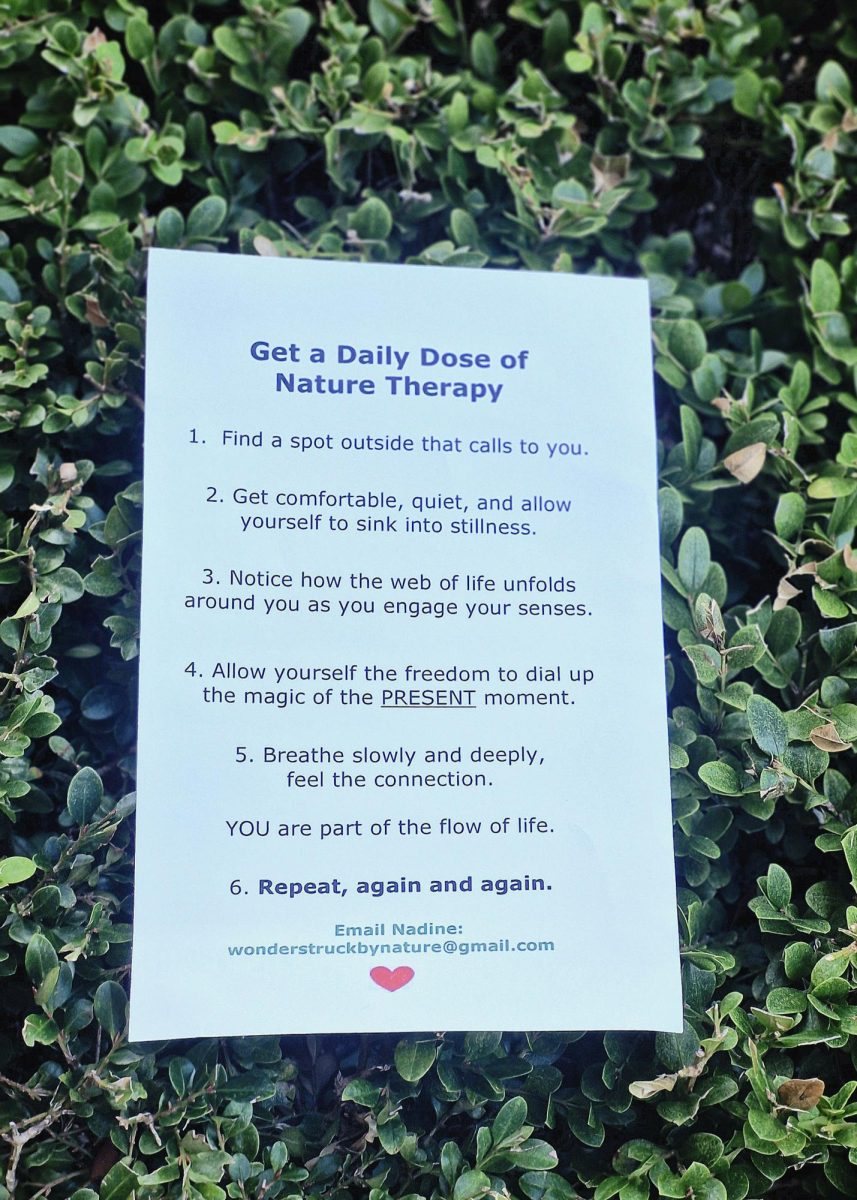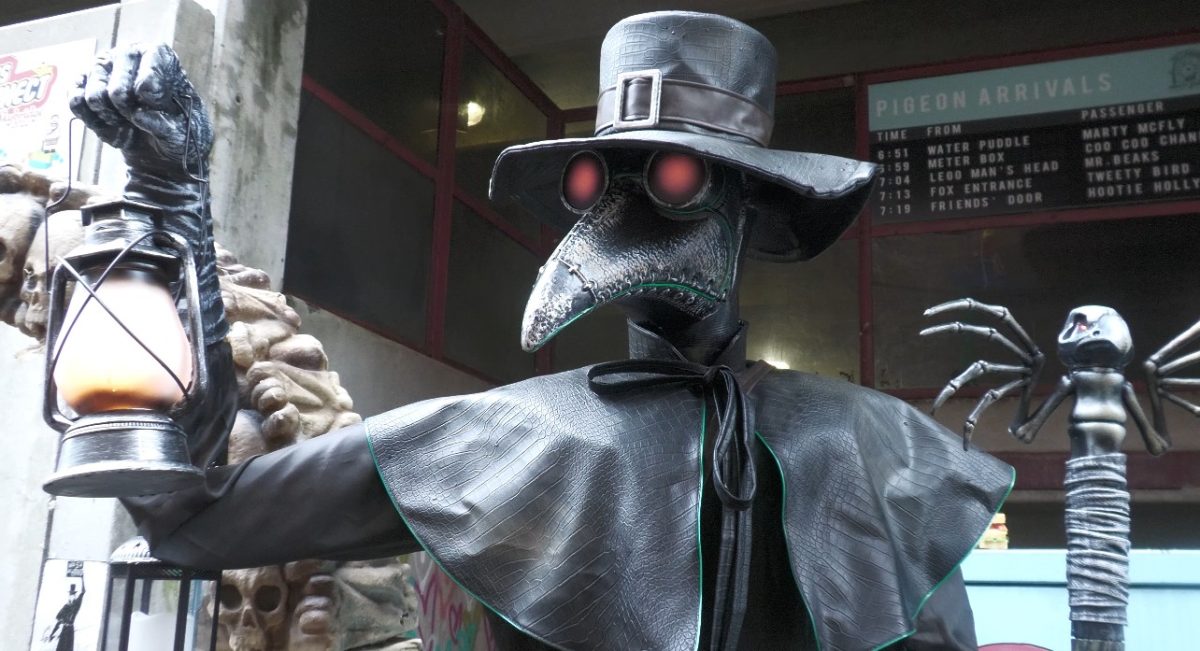The U.S. Food and Drug Administration (FDA) has banned the use of the synthetic dye FD&C Red No. 3, commonly known as Erythrosine, in food and ingested medications due to its potential cancer risk. The decision, announced on January 15, 2025, comes more than 35 years after the dye was prohibited in cosmetics.
The FDA’s move follows studies showing that Red No. 3 caused cancer in male laboratory rats exposed to high levels of the additive. These studies, cited in a 2022 color additive petition, linked the cancer risk to a hormonal mechanism specific to male rats. Although there is no evidence of similar effects in humans, the FDA invoked the Delaney Clause of the Food, Drug, and Cosmetic Act, which prohibits any color additive found to induce cancer in humans or animals from being used in food or drugs.
Red No. 3 has been widely used to add a bright cherry red color to products like gummy vitamins, cough syrups, and snacks. The U.S. Department of Agriculture lists more than 9,000 brand-name foods containing the dye. Manufacturers now have until January 15, 2027, to reformulate food products and until January 18, 2028, to do the same for medications.
The FDA's ban follows a similar move by California, which outlawed the dye in 2023. Red No. 3 is also banned in Europe, New Zealand, and Australia, with limited exceptions.
Dr. Douglas Masterson, a professor of organic chemistry at the University of Southern Mississippi, said the ban is unlikely to affect consumers’ access to food or medicine.
“This ban won’t impact people’s ability to get food and medicine; they just won’t look as pretty,” Masterson said. “Most synthetic dyes don’t contribute any nutritional value anyway.”
The ban has raised questions about the safety of other food colorings, including Red No. 40, which has been linked to worsening ADHD symptoms. Angelina Hammonds, a nursing student at Southern Miss, expressed her concerns about the continued use of synthetic dyes. “If it is not a necessity for the food, then it does not need to be there,” Hammonds said.
Despite safety concerns, alternatives to Red No. 3 are already being explored, with some manufacturers turning to natural substitutes like beet juice and carmine to maintain vibrant colors in food and medications.
USM Community Reacts to Red Dye Ban
Starbursts are one of many candies to be affected by the ban
0
Donate to SM2
Your donation will support the student journalists of University of Southern Mississipi. Your contribution will allow us to purchase equipment and cover our annual website hosting costs.
More to Discover
































